Threatened grasshopper jumps into new habitat
The Matchstick Grasshopper is an example of a “morabine” grasshopper, an Australian family of flightless grasshoppers found nowhere else in the world.
Until Wednesday, August 10, they were extinct in the City of Melbourne and most parts of the Australian continent.
The City of Melbourne partnered with the University of Melbourne to restore the local population of Matchstick Grasshoppers by releasing hundreds of them in Parkville’s Royal Park.
The remainder of the three thousand matchstick grasshoppers collected by researchers will be reintroduced to suitable new habitats in Melbourne, including Burnley and the Bayside area, as part of a pilot project addressing the biodiversity emergency.
The Matchstick Grasshopper Renaturing project is led by The University of Melbourne and supported by the City of Melbourne.
The University of Melbourne Biosciences Professor Michael Kearney said, “Matchstick grasshoppers were a major focus of evolutionary research at The University of Melbourne in the 1960s.”
“We have been able to build on this past work to help save these grasshoppers from extinction around Melbourne.”
These little critters have not had an easy life.
Once found in an area covering nearly 16,000 square kilometres, in 2019 it was established the Matchstick Grasshopper then occupied only 68 square kilometres; a loss of 96 per cent of its range.
Some of this is its own fault. As a flightless insect, it doesn’t go very far, a couple of metres if lucky, during its lifecycle.
So, it gets trapped in small, ever-diminished patches based on its favourite food, everlasting daisy and native grasses.
The Matchstick Grasshopper is trapped when land clearing causes the loss of its habitat.
Destined to live in small, inbred populations makes it highly susceptible to local extinction if a fire or other catastrophes affect their habitats.
To make matters worse, if that is possible, instead of spending the winter as an egg underground like other grasshoppers, the Matchstick Grasshopper can be found as an immature grasshopper (a nymph) above ground.
A dangerous, life-threatening place when winter control burns occur regularly.
Professor Michael Kearney said, “Before European settlement, these grasshoppers would have been common and widespread in the grassy areas of Melbourne that the Wurundjeri Willam managed with fire.”
“It’s great to be able to renature Royal Park this way,” he said.
Insects like grasshoppers play an essential role in maintaining a healthy ecosystem and are an abundant food source for larger animals such as praying mantis, lizards, and birds.
The University of Melbourne Chair of Ecological Genetics, Biosciences, Professor Ary Hoffmann, said, “the Matchstick Grasshopper represents a uniquely Australian species that has been a part of Melbourne’s natural environment for hundreds of thousands of years.”
“It’s exciting to see these harmless and charismatic insects returned to the city as the Council recreates new natural environments that can support them,” Professor Hoffman said.
“We look forward to these introductions being the start of a process to restore many other invertebrates that formerly called the city home.”
The project brings together researchers, scientists, community groups and land managers to support biodiversity.
Community planting days created the grasshoppers’ new habitat sites.
The collaborative approach facilitates longer-term testing and adaptive management through experimental plots designed as public amenities with aesthetics and park function
in mind.
Lord Mayor Sally Capp said protecting and enhancing locally endangered creatures in our ecosystem could not be more important.
“We are proud to be working with the University of Melbourne to reintroduce Matchstick Grasshoppers to our wonderful city,” Cr Capp said. “We’re calling on Melburnians to look out for these tiny creepy crawlies and become citizen scientists to help us gather information to protect and restore their population.” •

Residents win fight to save laneway from development in East Melbourne


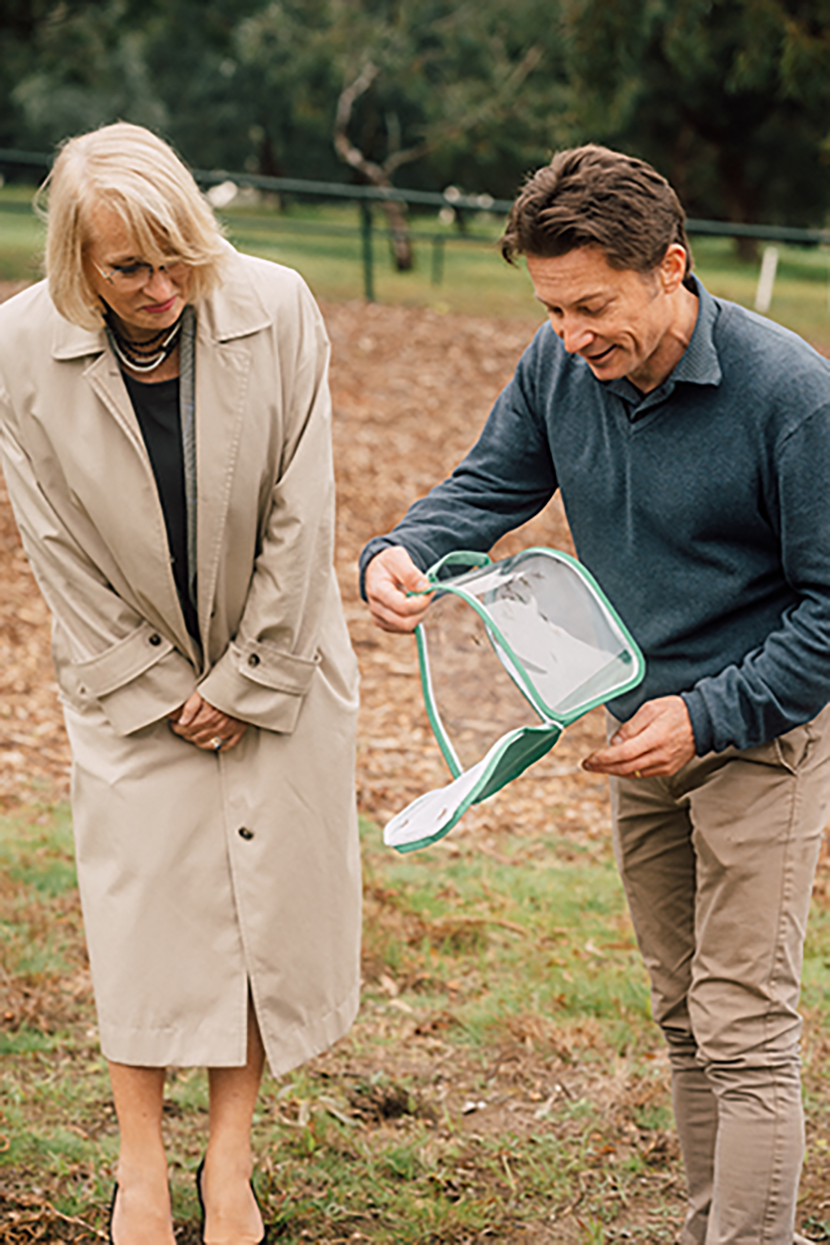
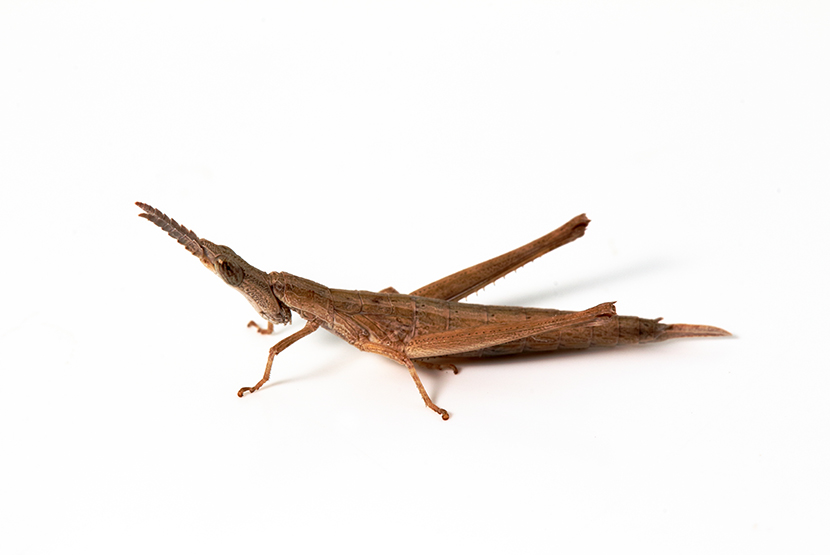
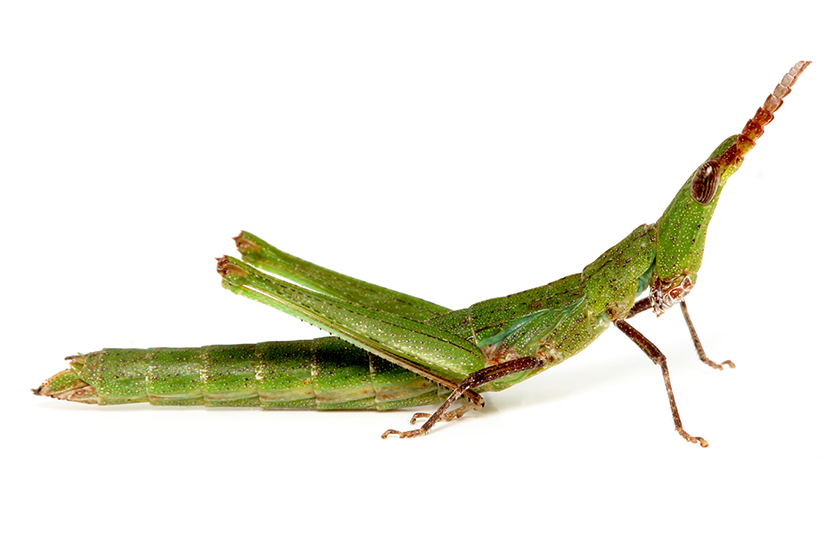
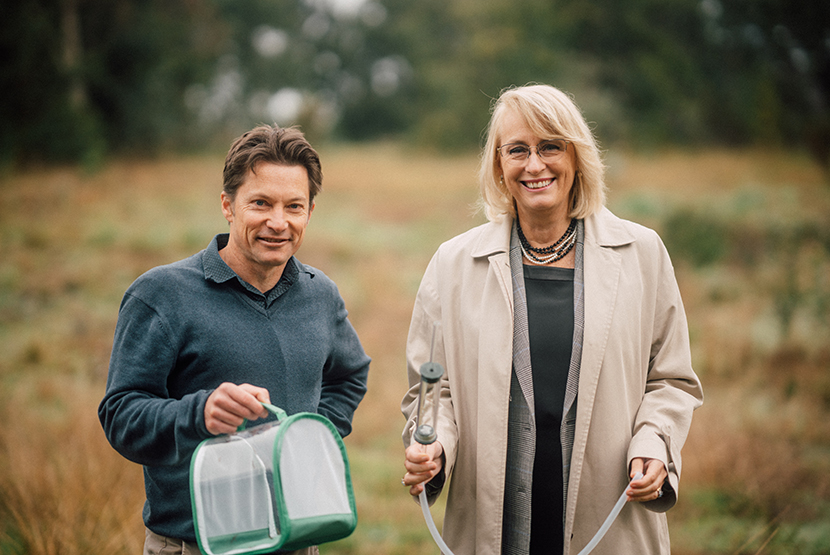
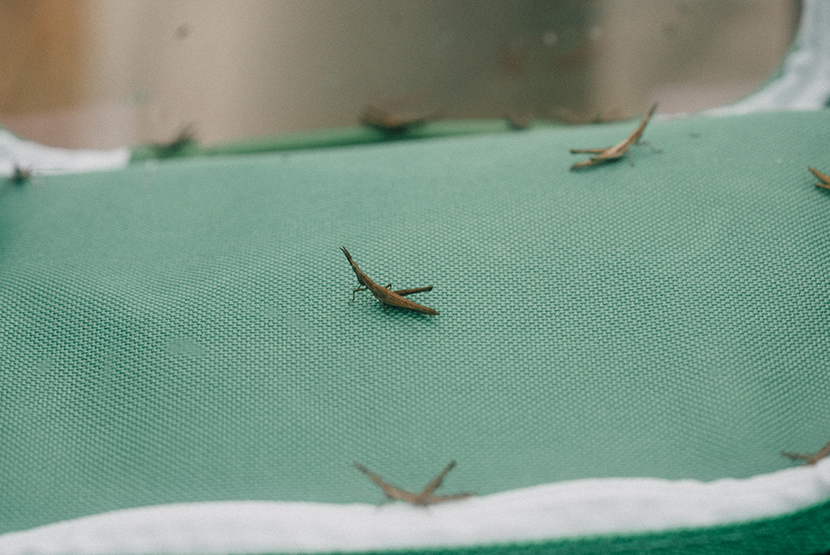



 Download the Latest Edition
Download the Latest Edition